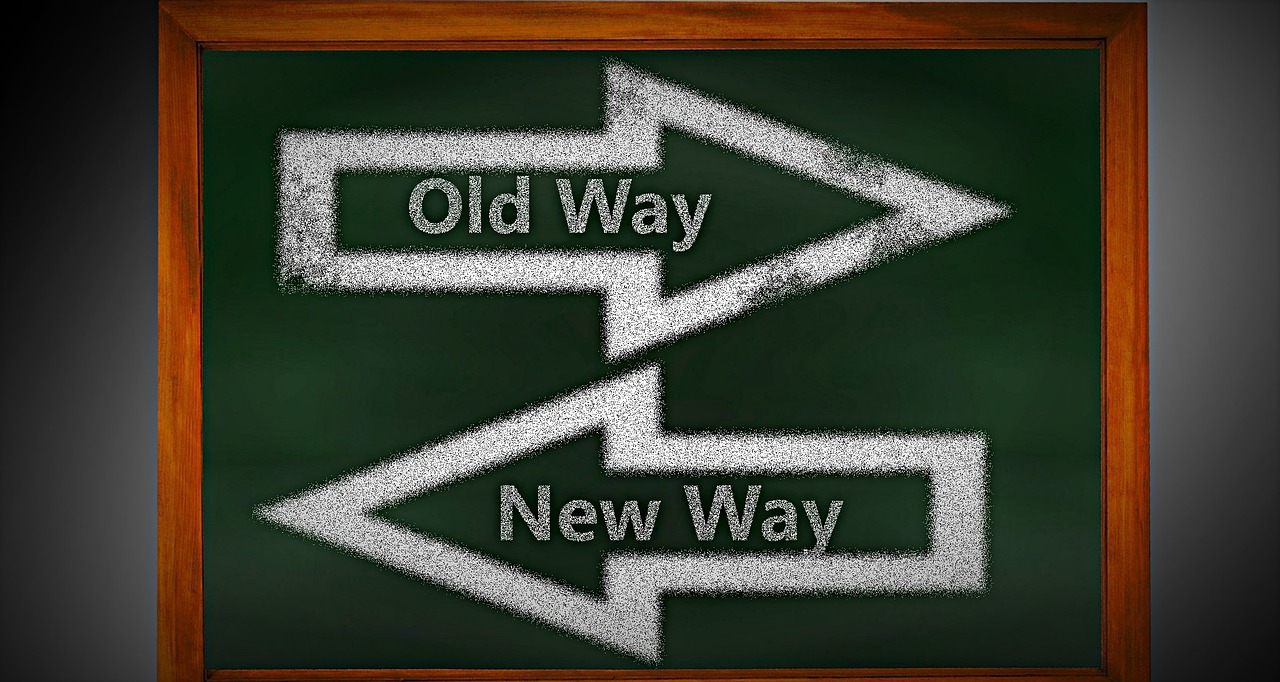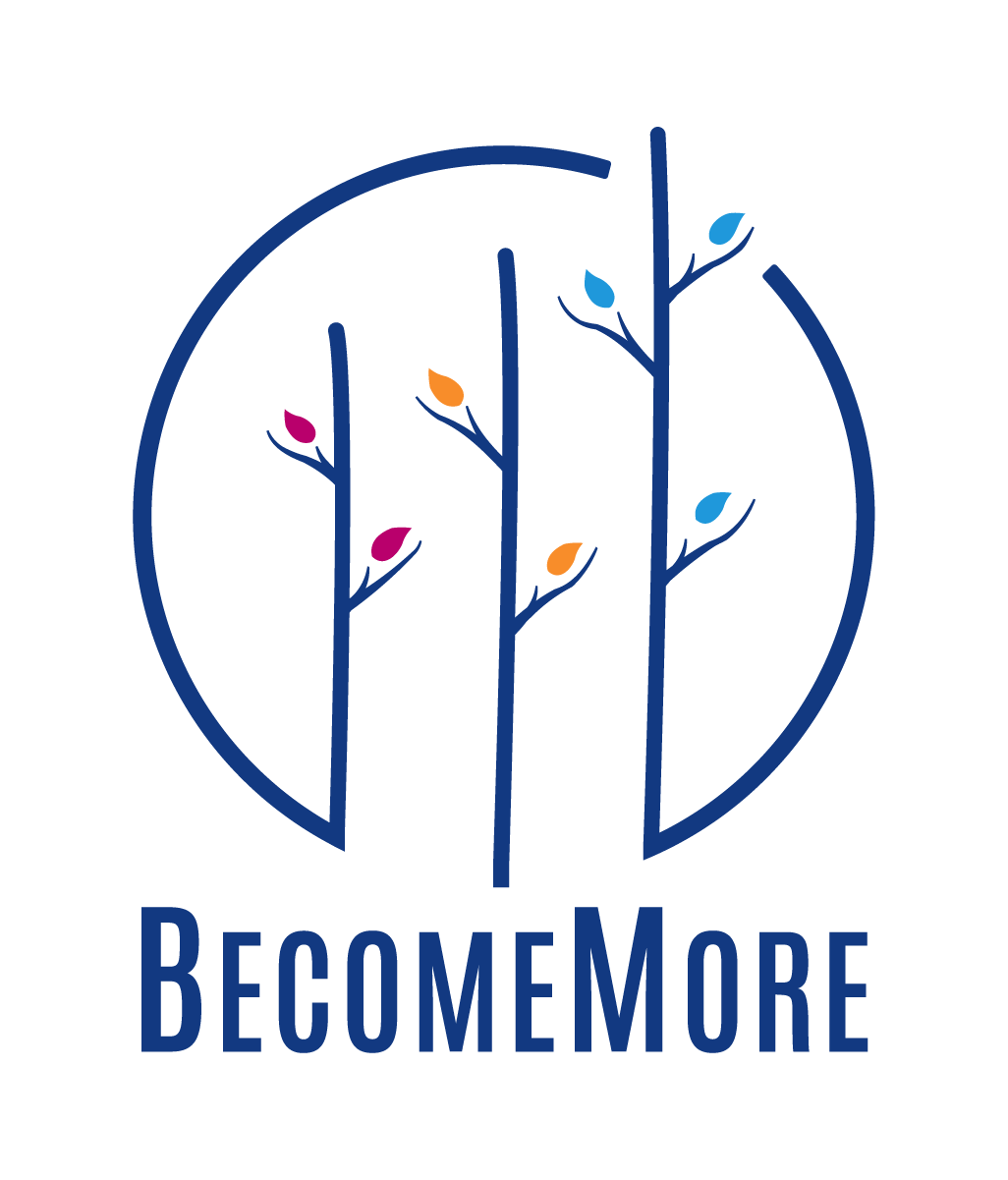
I was at college orientation with my son when my boss called. Which was weird, because she knew where I was and wouldn’t have interrupted my day for a minor reason.
Nope. It wasn’t minor. She was calling to tell me that a reorg was being announced that day. And one of the effects was that my department (we had such a great department!!) was being split in two.
I was stunned speechless. I couldn’t think of anything to say or ask. All I could do was scribble notes on a tiny scrap of paper that I had unearthed from the bottom of my purse. After I got off the phone I was sure I must have heard wrong. My fabulous team could not be splitting up! And surely I had misunderstood which half I was assigned to.
Even though that job (and company) are in my rearview mirror, I vividly remember how I felt that day—and on the days that followed. How I could barely form a coherent thought at first. And how then I was convinced the whole thing was just some big mistake. Followed by some time wallowing in righteous indignation.
It turns out, my reactions were perfectly normal. These days I teach workshops about planning and handling change, and what I’ve learned is that my series of reactions was pretty typical. Understanding the eight stages of change—modeled after Elizabeth Kübler-Ross’s five stages of grief—can help you when something new comes knocking on your door. Here’s what you should know about the eight emotions of change:
Reaction to Change, Stage 1: Stability
Stability is labeled as first stage of change, but I might say that it’s “pre change.” This is the stage where the status quo is status quo-ing. Things are moving along as usual. For some people, this is their happy place. For some people (like those with a “low C” on the Predictive Index assessment), this period makes them jumpy. They are itching for change. The status quo can be good; it can be bad. But either way it’s about to change.
Reaction to Change, Stage 2: Immobilization
There are very few times in my life when I don’t immediately have something to say. The day my boss called to tell me about the reorg … that was one of them. I was truly speechless, and it even took me a few minutes to remember how to write anything down. I’ve since learned that this kind of immobilization is a very common step in learning about change. It doesn’t usually last very long. But there’s that moment when your brain is trying to catch up to the information you’re hearing and you can’t function.
Reaction to Change, Stage 3: Denial
In this phase, a person moves from immobilized passivity to the slightly more active stage of overtly refusing to believe that the change is real. A person in this phase might think they misunderstood the message. (“No way. I must have heard that wrong.”) Or might not believe the change will actually occur. (“It will never happen.”) Whether the change is perceived as desirable or undesirable, people will go through at least a brief period of denial. And some people will get stuck there.
RELATED: Embracing Organizational Challenges; Rejecting Denial and Accepting Hard Truths
Reaction to Change, Stage 4: Anger
Ready to build up a good case of righteous indignation? Anger is the most active of the eight emotions of change, and probably the most easily identifiable. “They’re idiots.” “I won’t do it!” “This is the dumbest idea I’ve ever heard.” Generally anger is a very vocal stage. Cue the cursewords. But it can also show up with good old-fashioned foot-stomping, door-slamming, fist-banging, and throwing of breakable objects.
Reaction to Change, Stage 5: Bargaining
In this phase, a person might start to see that change is inevitable, but they’re going to try to manipulate it to their advantage. In the case of my department reorg, I started negotiating things like which functions the whole (old) team could still do together. I kept attending meetings that really didn’t pertain to me anymore. In this stage, people are still actively resisting change, even if they start to incorporate it in small ways.
RELATED: Ignore the Human Side of Change, If You Want to Fail
Reaction to Change, Stage 6: Depression
As a manager, I have sometimes misinterpreted the depression phase for acceptance. In depression, an employee probably stops fighting the change. They stop complaining or foot-dragging or bargaining to alter the plan. And you might think, “Oh, good. They’ve accepted this.” And then a month later they quit. Or they “quiet quit.” Or they just never quite get around to doing things the new way. At this point, an employee is taking change very personally, and the key to managing them may be to take a very personalized approach to drawing them out.
Reaction to Change, Stage 7: Testing
When an employee starts to show curiosity about a change, it’s likely they’ve turned the corner from depression and are headed to acceptance. This is the testing phase, where you start to ask “How COULD this work?” And “What’s in this that could benefit me?”
Reaction to Change, Stage 8: Acceptance
This is the phase we’ve been working toward. When you’re ready to accept the change, incorporate it, learn from it. You’re ready to make it the status quo, and eventually even call it “stability.” Which lasts until the next organizational change comes along.
Nothing is guaranteed, except change. Understanding the eight phases of change can help you avoid getting stuck. And it can help you lead your employees through changes, too. I wish I had understood these emotions when my department fissure occurred. It likely would have helped me—and my team.
In our BecomeMore workshop the “Change Management Series,” you’ll learn more about these stages, plus how to recognize when someone is trapped in an undesirable phase and how to help them get unstuck.

